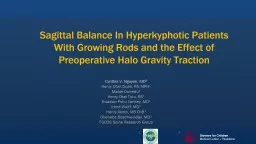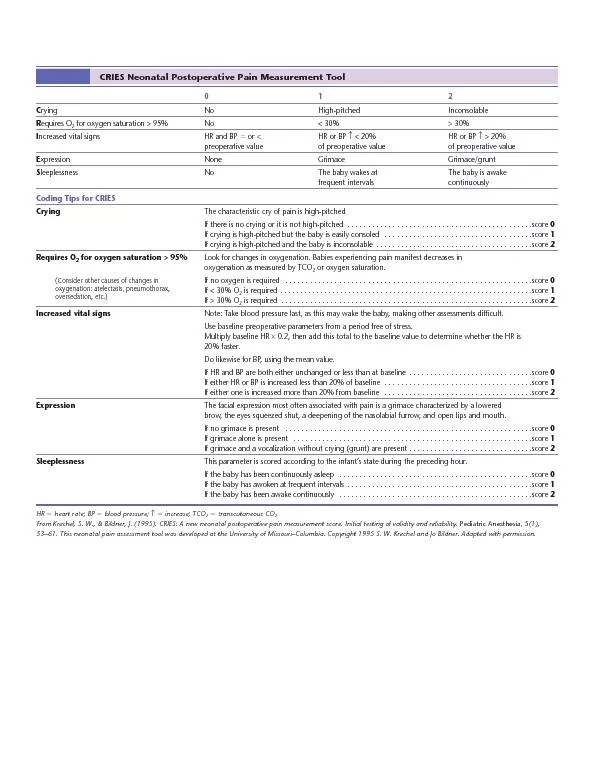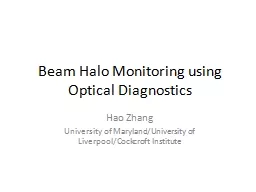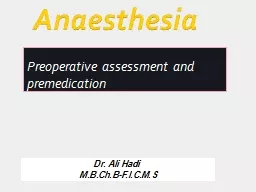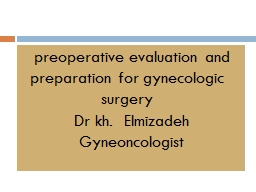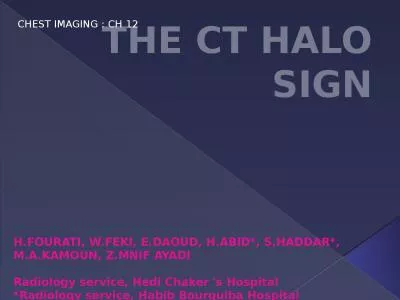PPT-Sagittal Balance In Hyperkyphotic Patients With Growing Rods and the Effect of Preoperative
Author : haroublo | Published Date : 2020-08-06
Cynthia V Nguyen MD 2 Henry Ofori Duah RN MPH 1 Mabel Owiredu 1 Henry Osei Tutu BS 1 Kwadwo Poku Yankey MD 1 Irene Wulff MD 1 Henry Akoto MB ChB 1 Oheneba
Presentation Embed Code
Download Presentation
Download Presentation The PPT/PDF document "Sagittal Balance In Hyperkyphotic Patien..." is the property of its rightful owner. Permission is granted to download and print the materials on this website for personal, non-commercial use only, and to display it on your personal computer provided you do not modify the materials and that you retain all copyright notices contained in the materials. By downloading content from our website, you accept the terms of this agreement.
Sagittal Balance In Hyperkyphotic Patients With Growing Rods and the Effect of Preoperative: Transcript
Download Rules Of Document
"Sagittal Balance In Hyperkyphotic Patients With Growing Rods and the Effect of Preoperative"The content belongs to its owner. You may download and print it for personal use, without modification, and keep all copyright notices. By downloading, you agree to these terms.
Related Documents

